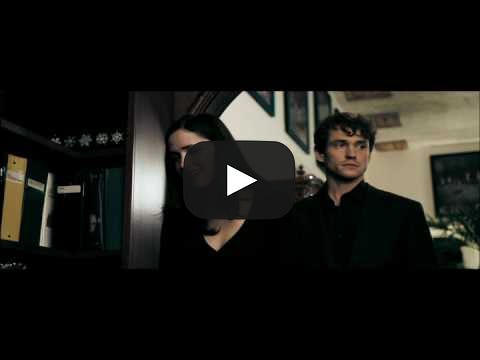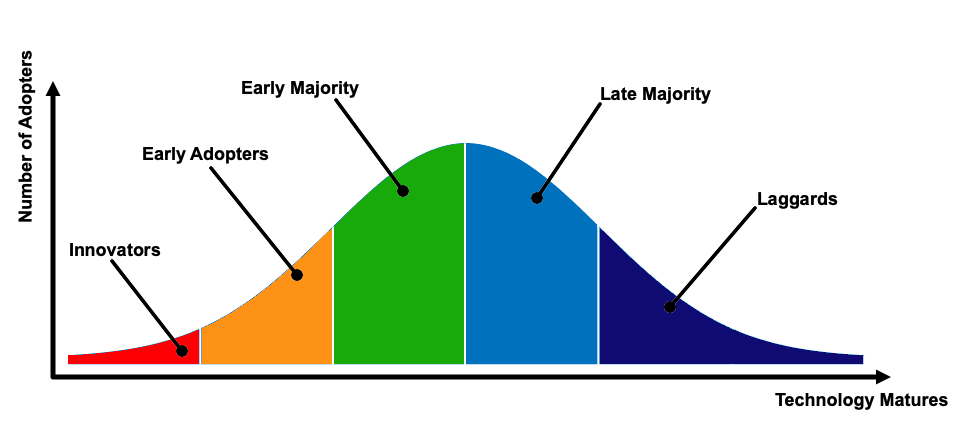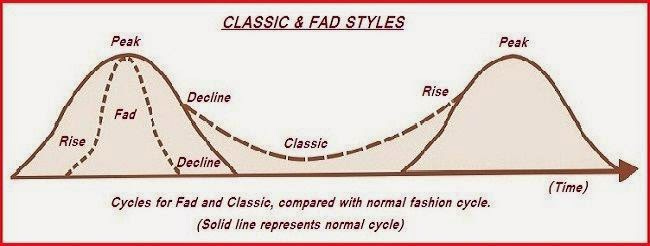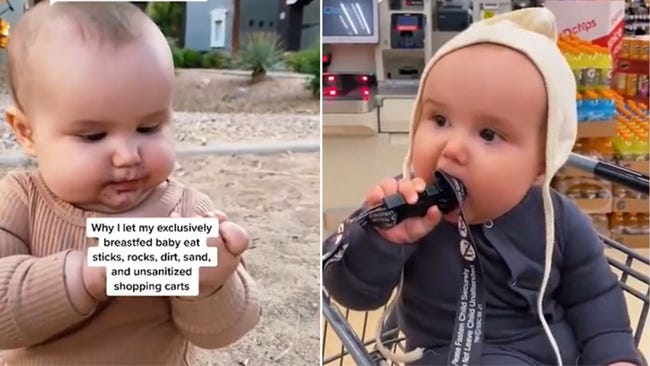Happy Monday, friends, and welcome new subscribers! Here’s what’s on the docket for today:
I’m seeing an increase of Dissident/New/Online Right content on TikTok.If you’re familiar with marketing, you might already be familiar with Rogers’ Technology Adoption curve above. Here’s a variation that focuses on fashion. It’s essentially the same cycle with the inclusion of the way adoption ebbs and flows: Looking right at these two charts, they might feel too obvious to commit to paper. Maybe you’re thinking no shit, of course that’s the way adoption curves! How else would it? But still, I’ve found that it’s a useful framework. One reason is that it’s a good reminder that trends are often abstracted from age. It’s tempting but not always helpful to ask questions like, “What are teens doing?” It’s better to ask, “Who are the innovators, and what are they doing?” The innovators aren’t always going to be teenagers. Teenagers might frequently land in the early majority, however in the digital world, adolescent adoption can also be a signal that something is trending downward. Innovators, early adopters, etc. can also be age-agnostic, and might be defined by a trait like subcultural membership. The other reason I like it is that it’s a good tool to help contextualize different signals. I suspect a common mistake is misidentifying where certain signals (events, behaviors, et al.) lie on the curve. Let’s take Vanity Fair’s article about the New Right as an example. Where would you place that piece being published on the curve? If you check out normie discourse about it, it seems like most people would put it somewhere around “Early Adopters.” If you’re reading this, you probably already know that that’s not true—the piece being published at all is a signal that we’re well into majority territory. (…although, now that I type that out, I suspect that commenters may disagree.) So, what does any of this have to do with Dissident Right QTs on TikTok? I would mark that as a data point for trend maturity. I wonder, what is the overlap between the type of early 20s or late teens young man who wants to simultaneously show off his body and play provocateur on TikTok and the type of person who was an early BAP adopter? You know what I mean? Not exactly in-line with the anon ethos. Here’s my guess: during the alt right moral panic of the late 2010s, what actually ended up being popularized and repackaged for mass-consumption was the Intellectual Dark Web. Meanwhile, the more intellectual and less palatable Dissident Right had been simmering in the background. When you were seeing young men reading Bronze Age Mindset in Mission-Dolores Park in 2018, that was an important signal of a non-suppressed, out-in-the-open expression of unironic, mainstream DR adoption—a real subcultural expression as opposed to something being re-contextualized—and the IDW was on the decline. Anyway, admittedly, these are not scenes I’m in. I lived with a person deep in the weeds for six years, but I myself have been touch-and-go, just looking on from the peripheries. I would love to see a deeper analysis of the same from someone more rooted in the scene like Gio or Alex K, who, speaking of which, just had a great conversation about the Dissident Right ecosystem. Listen to it here. The lovable sociopath to #narcabuse pipeline.
I want to say that around 2007, we saw a rise in the “sociopathic male lead.” This trend was characterized by the explosion of more accessible online spaces for hybristophiles, heart throbs like Edward Cullen, Dexter Morgan, and young Hannibal, and to offer a more niche example, a revival of the Tom Riddle fandom among online Harry Potter communities. The Last Psychiatrist published a really interesting analysis of this trend in response to Adam Kotsko’s book Why We Love Sociopaths. It was everywhere, and for a good little while. Here’s my question: is it a coincidence that as that trend has declined, the conversation about narcissistic abuse has risen? And what role does #MeToo play, if any? The lovable autist. Concurrent to the sociopathic heartthrob was the popularization of autistic lead. I remember this well, in part, because I myself identified with these types. Here, I’m thinking of films like Adam (2009), and even early episodes of The Big Bang Theory, which, to be fair to the writers, was markedly less cringe in its first season. This was such a strange period for masculinity. There was such a strange, persistent thirst for single-minded, affectless men on the one-hand, and a rabid fandom for over-emotional, even at time feminine men on the other, like Gerard Way from My Chemical Romance or Pete Wentz of Fall Out Boy. We also phased out the Sophomoric Male archetype that I wrote about for The Critic. Kinky sex as a lamentation for virginity and sacredness.A friend was telling me about how when she’s deeply in love, sexual and physical boundaries melt away. She wouldn’t identify as “kinky,” but she finds herself more willing to engage in increasingly “kinky” or even bizarre sex acts because more standard verbal or physical expressions of affection can’t convey the gravity of her love. I’ve said similar before in talking about sex as an expression of affection, as opposed to a pleasure-seeking act, or even, more trivializing “something to do.” I wonder if this longing or feeling like you need to somehow push the envelope to express the intensity of your emotion is also a lamentation for sexual sacredness: status that had previously been conferred upon virginity, or coitus alone, and now has been relegated to less conventional sexual acts. Is the TikTok algorithm trying to create another West Elm Caleb?Is the TikTok algorithm trying to engineer drama, or does it just know that I personally love gossip? In the wake of West Elm Caleb, I’ve been seeing a lot of lolcow-y TikToks on my FYP. First was #WomblandsGate, starring Chelsea Hart and Modern Warrior. There’s no succinct way to explain what happened there, but I can try. An indigenous creator was accused of being a narcissistic abuser? A non-binary creator misrepresented her abortion as a miscarriage? The BIPOC community was let down by TikTok’s own Contrapoints-knock-off, Taversia? It’s quite likely that none of what I just said is meaningful to you. The point is, my main TikTok feed was just videos about the drama, people commenting on the drama, and people noticing an uptick all of the above. It was like the algorithm was pushing a story that failed to take root (probably due to its lack of an easy summary). Now the same thing is happening with “frugavore” and self-identified crunchy mom, Alice, and her two-year-old son who may or may not be suffering from rickets, Fern. I’ve also noticed they’re pushing a lot of videos about “high raw vegan”/fruitarian diets, maybe to emphasize how fucking weird it is this woman exclusively feeds her toddler fruit and also, uh, dirt? Maybe there’s just some latent nostalgia for 30BananasADay/Freelee the Banana Girl? But more likely is that TikTok somehow is trying to capitalize on the success of West Elm Caleb, and capture lightning in a bottle. I’d be tempted to lean towards the simpler explanation that my consumption habits have just signaled that I love drama, but the number of people who feel like it’s being shoved down their throat makes me think that there’s a chance that’s not the case. Too bad the invisible hand didn’t select Munchausen-by-internet scammer Hope Otto. I’d explain that drama here, but this newsletter is getting a little long. Suffice to say, that would have been some good You’re a free subscriber to Default Wisdom. For the full experience, become a paid subscriber. |
This site is an experiment in sharing news and content. Almost everything here came from email newsletters.
Pages
▼




No comments:
Post a Comment
Keep a civil tongue.